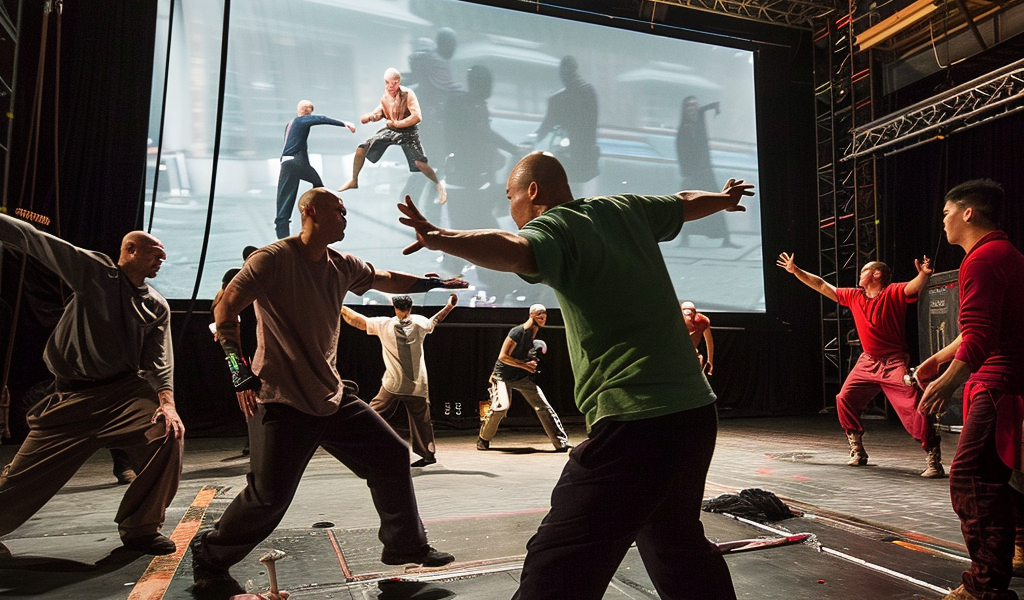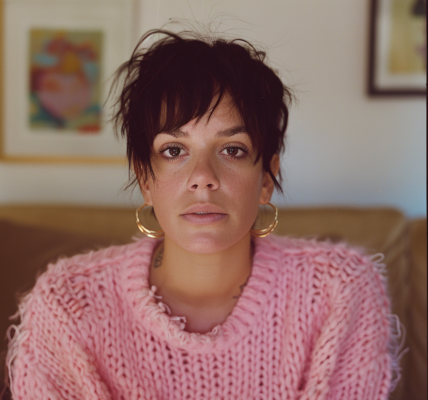The story behind Avatar’s bending designs still rules, nearly 20 years later
An incredible touch of detail in a show full of them
Shortly after getting the green light from Nickelodeon to begin developing the series, Avatar: The Last Airbender co-creator Bryan Konietzko began looking for Northern Shaolin kung fu teachers in Los Angeles. He did so “to learn more about kung fu for [himself] as an artist and animator,” but also to potentially find a partner to consult on the show’s use of martial arts techniques.
Konietzko found Sifu Kisu, signed up to become his student, and recruited the martial artist to be the show’s consultant. And that partnership ended up working wonders for one of the most influential American animated shows ever. Kisu worked on every episode of ATLA, and worked with a team for follow-up series The Legend of Korra. One of my very favorite elements of both shows is the fluid fight choreography, which borrowed techniques from real martial arts disciplines to create distinct styles for the different bending nations. And the process the team used to get there is just as interesting.
A 2021 Insider video and behind-the-scenes footage released from Nickelodeon give an inside look at a unique process that helped ATLA become the cultural touchstone it is today. Konietzko and his team would create a storyboard with the bare bones of a fight scene’s choreography, and Kisu would work with the animation team to flesh out the full movements, usually acting out the movements himself for reference photography to animate off of.
“It was fun. I was the only person on the planet with my job for a hot minute,” Kisu told Insider.
While it was serious work, there was plenty of room for Nickelodeon-style silliness. The reference footage for Zuko and Azula’s fight on the boat deck was filmed in front of the studio’s giant SpongeBob statue, Kisu said. And the photography for the iconic airbender move from Korra’s credits sequence involved Kisu holding Konietzko in his arms while the latter struck the pose.
As a skilled martial artist in multiple disciplines, Kisu was uniquely qualified to build out the action language of ATLA, basing each bending technique off an existing martial art. One of his main breakthroughs was implementing martial arts movements into the magical abilities of the show, rather than as supplements to those abilities, as we see in shows like Dragon Ball Z.
“It’s like, if I’m holding a stone in my hand […] and it jumps out of my hand and hits the camera, you’re going to question that, right?” Kisu told Insider. “But if I’m able to do a move and a stone comes out of it, then it’s a lot more believable.”





